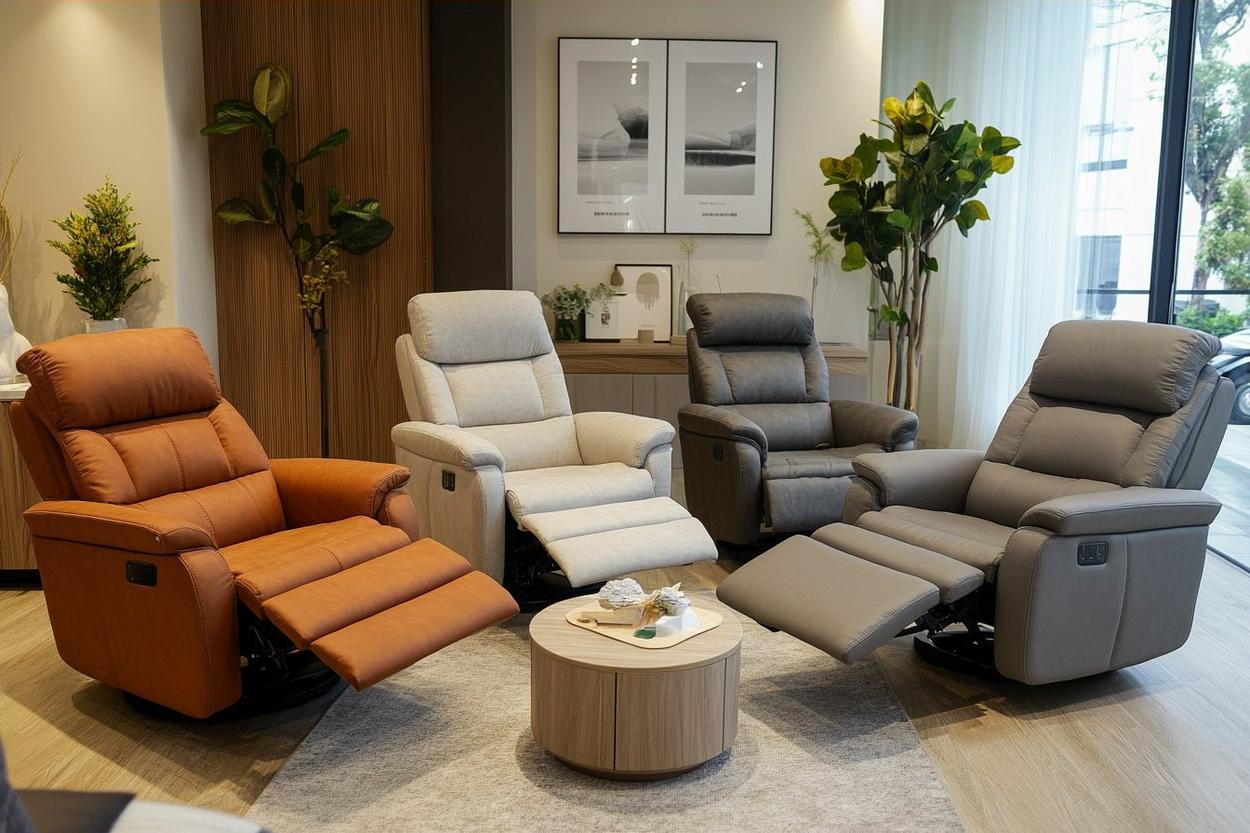Zoning techniques to combine work, play, and relaxation in one space
Creating distinct zones for work, play, and relaxation within a single room helps balance productivity and downtime without sacrificing comfort or style. Thoughtful placement of furniture, considered lighting, and simple acoustic and storage strategies let one space serve multiple purposes while remaining cohesive and easy to maintain.

Seating and furniture arrangement
Choose seating that supports each zone’s purpose while maintaining visual flow across the room. For a work area, prioritize an ergonomic chair and a compact desk or console that aligns with sightlines to windows or focal points. For play, modular seating like poufs or a small sofa that can be moved easily helps keep toys and activities contained. For relaxation, a comfortable lounge chair or a loveseat with supportive cushions creates a clear retreat. Arrange furniture to define edges: back-to-back pieces, rugs, or a low shelving unit can separate zones without erecting walls.
Layout and defining zones
An effective layout starts with circulation: map common paths between the entrance, work area, and relaxation spot to avoid disruption. Open-plan rooms benefit from zoned layouts that form an L-shape or use corner niches for work. Consider sightlines so the work zone isn’t the first thing seen from the doorway if you want a calmer impression. Rugs, changes in flooring pattern, and differing furniture heights help define zones. Keep key functional elements—power outlets, natural light—within reach of the intended zone when planning placement.
Lighting and acoustics
Layered lighting supports multifunctional rooms: task lighting for work, brighter general lighting for play, and warmer, dimmable fixtures for relaxation. A desk lamp with adjustable color temperature aids focus; a floor lamp or wall sconce can cultivate a softer reading nook. Address acoustics by adding rugs, curtains, or acoustic panels near the work area to reduce echo and limit noise transmission from play zones. Portable sound-masking options such as white-noise machines or quiet fans can help preserve concentration without isolating the zones.
Textiles, color, and flooring
Textiles and color unify separate zones while signaling their role. Use a consistent palette across the room but vary saturation or texture between zones: muted tones and plush textiles in the relaxation area, more durable, easy-clean fabrics in the play area, and a simpler, low-luster finish near the desk. Rugs are powerful delimiters—choose pile and size appropriate to activity and traffic. Flooring changes (area rugs, runner carpets) create perceived boundaries and can improve acoustics and durability where needed.
Storage, accessories, and durability
Smart storage keeps multifunctional spaces tidy and adaptable. Invest in closed storage for toys and supplies to reduce visual clutter, open shelving for frequently used work materials, and multiuse furniture—like ottomans with internal storage—for flexibility. Select durable finishes for high-traffic zones and washable textiles where spills or heavy use is likely. Accessories such as baskets, labeled bins, and trays help maintain order, while a consistent accessory style ties zones together without confusing their function.
Ergonomics, maintenance, and flexibility
Ergonomics in the work zone prevents strain: an adjustable chair, proper monitor height, and a footrest if needed. For play and relaxation, choose supportive cushions and furniture with resilient fills to preserve shape over time. Plan maintenance routines that match materials—vacuuming rugs, laundering cushion covers, and wiping surfaces—to extend durability. Flexibility is crucial: use lightweight or on-caster furniture that can be reconfigured quickly for events, guests, or changing needs. Built-in anchors like a wall-mounted desk or fixed media console can coexist with flexible pieces if balanced thoughtfully.
Conclusion
Zoning a single room to serve work, play, and relaxation hinges on clear functional distinctions achieved through seating, layout, lighting, textiles, and storage. Prioritizing ergonomics, acoustics, and durable materials reduces friction between uses, while flexible furniture and consistent color choices maintain cohesion. With deliberate arrangement and regular maintenance, one space can perform multiple roles comfortably and attractively.





